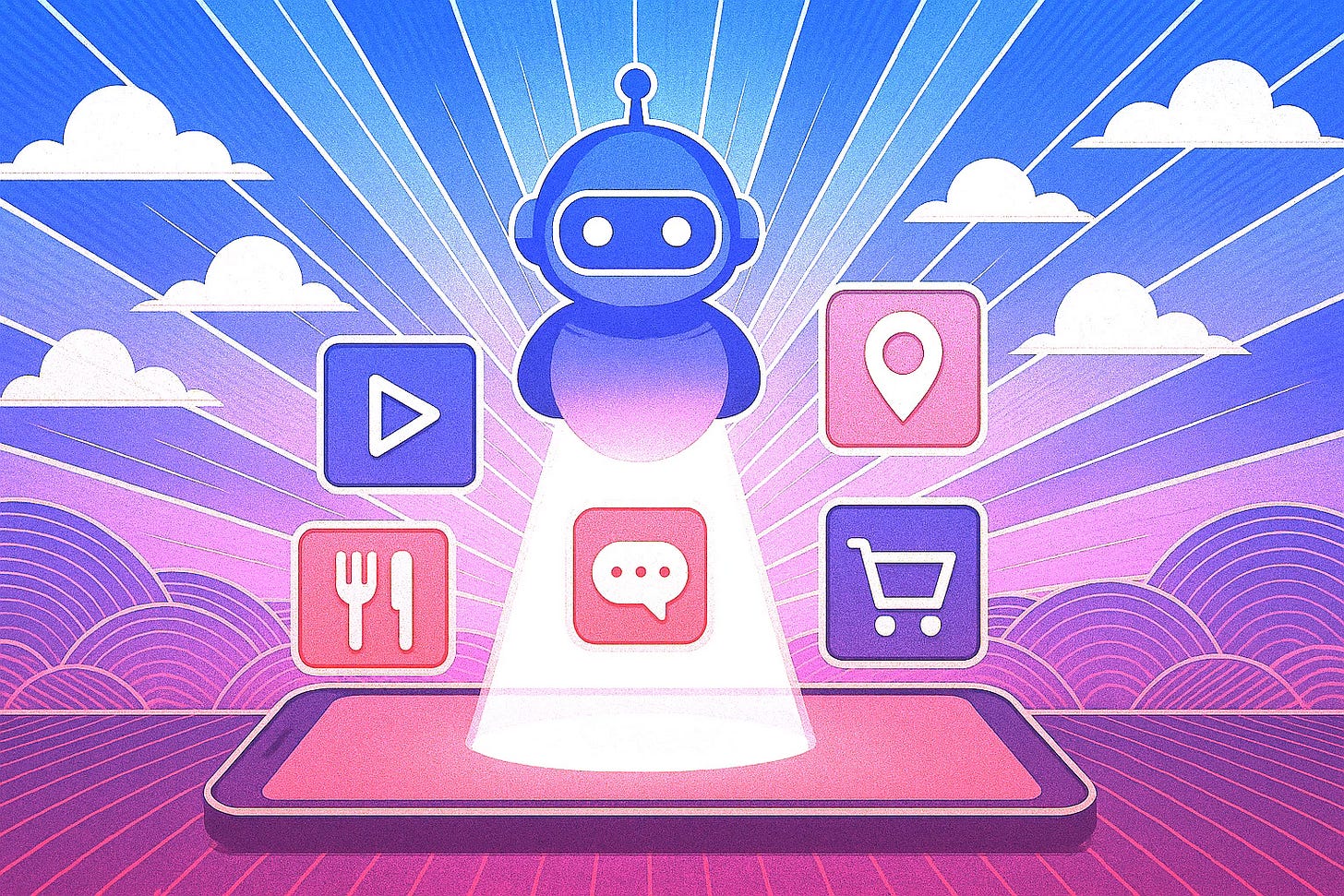Claude's latest shows that the App Store is the next thing AI will swallow whole
The biggest threat to Apple's platform dominance ends up not being another valid contender in mobile, but a new way to think about consumer apps and how they're made.
The iPhone’s ‘killer app’ didn’t launch with the original hardware – it came later, when Apple changed course from an original vision of allowing only first-party native applications to run on the device, to opening up access to third-party developers who wanted to build locally-installed, downloadable ‘apps.’ Apple’s App Store, combined with new technological capabilities ushered in by, and unique to the smartphone – like location services and cellular connectivity – resulted in an explosion of creativity and innovation that crowned some of the kings who still stand astride of the tech world today.
Apple has been aggressive in its defence of its iOS platform advantage (the straining at the seams of which is starting to show in things like its ongoing EU regulation troubles). Much of its defence has built on lessons learned from the platform winners and losers of version one of the consumer computing revolution. But like all incumbents, their eventual weaknesses don’t look the same as the ones they exploited to ascend the throne they now occupy.
Like most incumbents, Apple has spent a lot of time tilting at windmills when it comes to anticipating where the next big platform shift might come from. The Apple Vision Pro is maybe the best – and most expensive – example of a company betting big on a direction for the future that turned out to totally miss the actual disrupting transformation. The Vision Pro is an outstanding technical achievement, don’t get me wrong: but Apple’s AI game is severely lacking relative to the other serious players in the field, including some other incumbents like Google that placed better bets on what tech shift would have the most potential to reshape the world.
Apple’s still trying to effect a do-over in its AI product debut, with new reporting from Mark Gurman at Bloomberg suggesting it’s now looking to external partners to help shore up its deficiencies, at least temporarily. And yet one of those potential partners casually lobbed a grenade into its strongest moat – the aforementioned App Store – with a new feature launched last week.
Anthropic launched Claude Artifacts last week, providing a space within their interface to house a library of user-generated interactive applications created using their Claude AI. Claude has a great reputation for being able to generate sound code, and the company also recently released Claude Code to capitalize on this. Claude’s new Artifacts library also trades on this advantage, but does so in a way that’s much more accessible to their most non-technical users.
Claude Artifacts collects some of the applications that users are generating on the platform, making them available for other Claude users to either employ directly, or to remix however they want to suit it to their specific needs.
I want to take a second to shout out my former colleague and pal Kyle Russell, who recognized early that accessible, user-generated software was going to be a fundamental change in the way people interacted with the digital world. Kyle was operating on this assumption in a pre-LLM world, which was the ingredient that unlocked its broad applicability and flexibility, but he clearly foresaw what Claude Artifacts is now making a reality for millions of users.
Whether it’s more complex stuff made possible by tools like Replit, Lovable and Vercel; or more simple things like the current Artifacts Anthropic is curating in its collection, it feels inevitable that a massive portion of the application market that once paved the way for a generation of indie devs, is going to move up the abstraction ladder and become something users spin up on demand as easily as they do Studio Ghibli-fied versions of their selfies today.
Apple’s App Store dominance feels shakier than ever, and the foundation isn’t being shook by anti-trust cases or threats from peers – it’s coming from massive changes to how people solve problems they’re encountering. Once, we sought out comparisons and read through charts pitting the feature sets of one off-the-shelf application vs. another: Now, we’re creating apps that meet our immediate needs on-demand, with near-zero cost and little need for it to survive beyond our immediate use case. Snapchat also understood that ephemerality was a key ingredient for the future of tech – they just didn’t anticipate that that ephemerality extended to the utility and leisure applications we use every day, too.
Btw – if you want to hear more about Claude Artifacts, and lots more, including a recent Anthropic project to see if an LLM could effectively own and operate a vending machine, check out Artifactor, a brand new podcast hosted by myself and my friend and former TechCrunch colleague Greg Kumparak.




Really appreciated your insight into this, Darrell. I hadn't heard of Anthropic's Artifacts... your article, and subsequent browsing of the linked write up from Anthropic, gave me a genuine "rock back in my office chair to give my brain space to digest" moment.
Also... way to slip Cervantes into your post. Who said classic literature references and tech news don't mix.